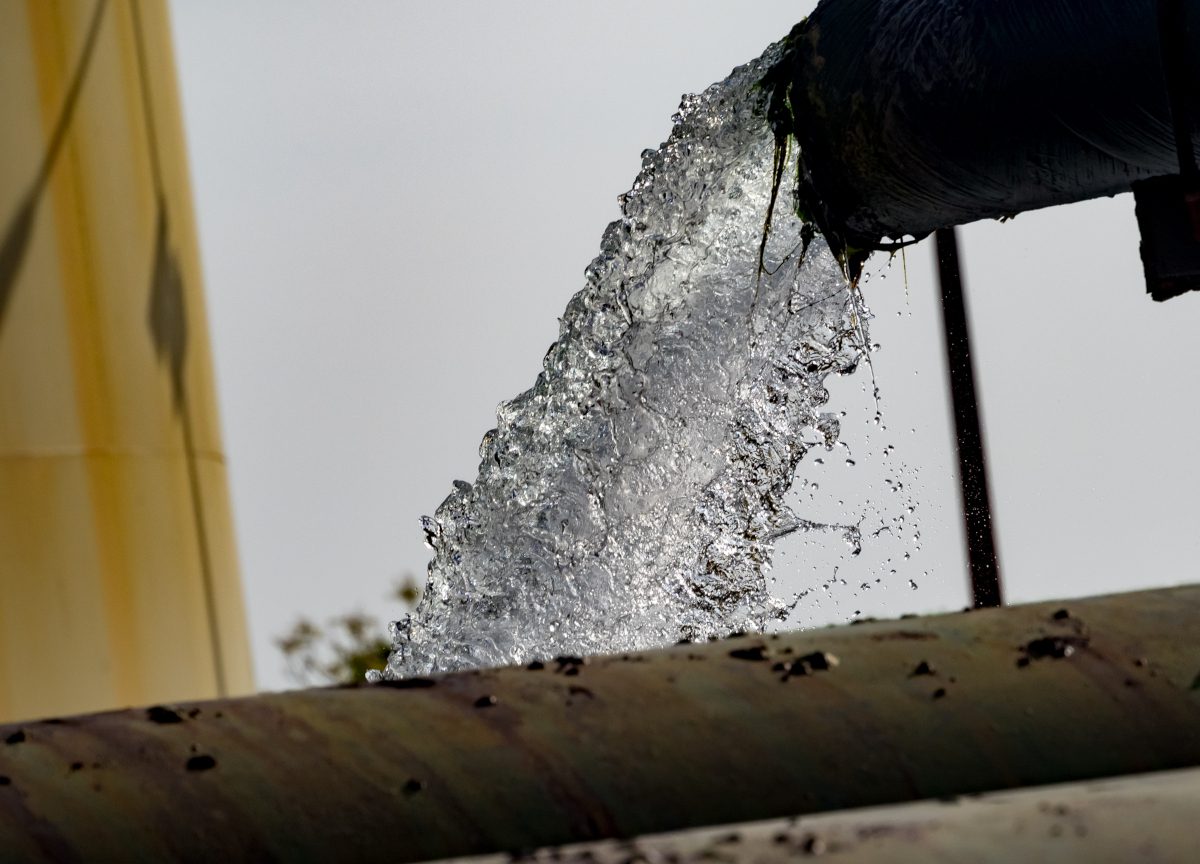
As water scarcity increases, desalination plants are on the rise. However, these facilities are not without their challenges. Desalination plants are costly to operate, require enormous amounts of energy, and are difficult to manage in a sustainable manner. Nicolas Foret, Global Solution Architect, Schneider Electric, writes.
Today’s desalination plant operators are under pressure from regulators and consumers to limit the price of the potable water that they deliver to businesses and the general public. Additionally, their water supplies must be consistently available.
Plant breakdowns are not well tolerated, especially in arid areas of the globe, and they face steep fines whenever unscheduled downtime occurs. For example, in just one instance, a desalination plant in California paid a penalty of almost $2 million for the non-delivery of water.
Over time, desalination plants have gradually improved their operational efficiencies. For example, the seawater reverse osmosis plant electrical energy requirement in the 1970s was around 8 kilowatt-hours per cubic meter. Today, the more modern reverse osmosis technology plants use 2.5 to 3.5 kilowatt-hours per cubic meter.
From a cost-of-production perspective, desalination rates have reached less than $0.50 per cubic meter. However, these many still regard these costs as too high, and the pressure is on for desalination plants to boost energy efficiencies and drop production costs even further.
Adapting digitsation to key desalination plant processesFortunately, technological innovations are emerging that can help desalination plants improve their efficiency, reduce energy consumption, and reduce operational costs.
Fresh approaches such as digital twins, artificial intelligence (AI), and remote diagnostics can apply to areas of operation that are traditionally high in energy consumption. Pre-and post-reverse osmosis processes involving chemical treatment and membrane management are two such areas.
Let’s look at four ways these new digital technologies are helping desalination plant operators drive efficiency:
- Extending membrane life: In a traditional environment, membranes would be replaced sequentially based on pre-designated time intervals without knowing whether the individual membrane was performing as expected. In such a scenario, membranes — which are expensive to purchase — would often be replaced too early or too late, driving inefficiencies and high costs. New predictive maintenance software tools can help diagnose membrane behaviors and detect signs of potential failure before unscheduled downtime occurs. This can make the membrane replacement and cleaning process much more efficient by optimising maintenance time and extending membrane life cycles.
- Optimising chemical use: Using chemicals to treat water before and after the reverse osmosis phase can represent up to 10% of plant operating expenses. New AI and machine learning tools use historical data to optimise the chemical dosing during clean-in-place (CIP) processes. Analysing system behavioural data enables the machine learning software to anticipate variable conditions and automatically adjust chemical usage. This minimises chemical waste while enhancing water quality and safety.
- Speeding up engineering cycles: New software-centric open platforms facilitate information technology (IT) and operational technology (OT) integration and provide new efficiencies across engineering design processes. Automation architectures can now be customised with more flexibility through the easy integration of third-party engineering tools. This gives plant engineers a digital continuity that can:
- apply standardisation
- save time
- avoid errors
- lower the need for high upfront investmentTake the example of multiple engineering teams working together across the globe. They can use cloud-based simulation tools that are accessible via a group platform, share a common database, and access any of the simulation data shared by team members at any time. Such an approach enables more collaboration across teams and streamlines the management of project engineering data.
- Lowering operational downtime risk and enhancing training: The ability to model desalination plants virtually using digital twins helps unlock value across the entire plant lifecycle. The same model used for the initial design can be reused to stage scenarios for different process design cases. For example, before site acceptance tests, a simulated model can be run against the live system for preliminary validation, saving time and resources. In addition, these models can feed Operator Training Simulator (OTS) systems, allowing trainees to educate themselves on handling lifelike plant conditions without creating risk for actual operations.
An ecosystem of partners is criticalNo organisation can do it alone in decarbonising and digitising desalination plant operations. Success requires an ecosystem of technology partners and close collaboration with plant floor operators. Those with deep process knowledge must work hand-in-hand with the technologists to achieve ultimate success. Based on the process needs, solutions are tested using AI technologies to model the new process, predict its behaviour, and optimise it. These models are then benchmarked, and pilots are launched to validate the proof of concept.
Working with our partner AVEVA, Schneider Electric can provide insights into digitsation-driven power and automation process systems savings before the investments are made. Visit our Schneider Electric Water and Wastewater page to learn more.






